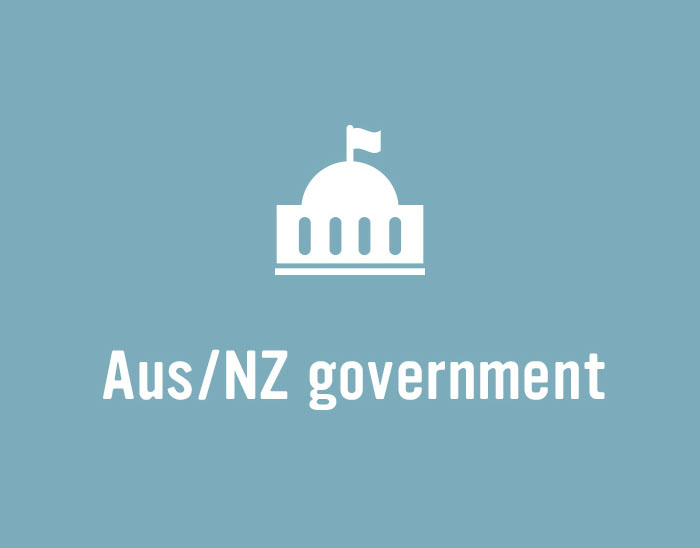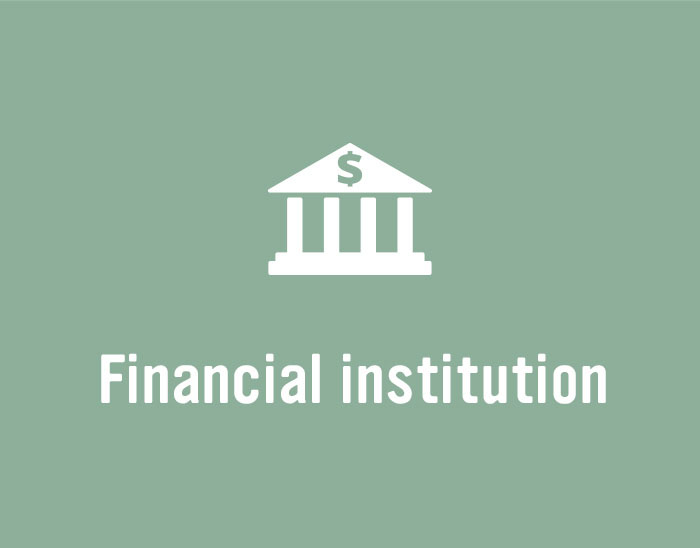
News

Issuance by Singaporean banks in the Australian dollar market is already at a record level for a calendar year. The most recent such issuer, OCBC Bank, highlights the strategic importance of its Australian activities and says its links with local investors support its plan to be a regular presence in the market.

The KangaNews Sustainable Debt Summit 2023 featured its most wide-ranging agenda ever, taking in hot button topics across the sustainable finance landscape. Sessions covered carbon offsetting and trading, the rise of biodiversity as a focus area, the shift from mitigation finance to also include adaptation, as well as a raft of other critical areas of concern.

One of the key risks financial institutions face today is the complex legal and regulatory landscape that has developed to address the challenges of climate change. Edwina Kwan, partner at King & Wood Mallesons, explains that the targets of climate litigation have gradually diversified.

Collapsing biodiversity and climate change are intrinsically linked. But climate change alone has been the traditional focus of sustainabile finance. Things are evolving, however, with growing recognition of biodiversity’s importance and the need for capital to take it into account.

To close the 2023 KangaNews Sustainable Debt Summit, market leaders from Australia and offshore came together to discuss the areas in most need of focus from the sustainable finance industry in the months and years ahead. The sector is diversifying fast and needs to keep building infrastructure to support current and future growth.

Earlier this year, S&P Global identified nine trends its analysts and researchers expect will shape the sustainability landscape during 2023. Richard Timbs, senior director and sector lead – corporate and infrastructure ratings, Pacific at S&P in Sydney, explains why these trends are so important and what they mean for financing.

The primary focus of sustainable finance has traditionally been climate change mitigation: providing capital to decarbonise the economy and thus, it is hoped, minimise the scale of global heating. But with higher temperatures baked in – and more warming guaranteed to come – swathes of Australia increasingly need financing solutions to respond to climate change that is already here.

Green bonds have surged in use in recent years, but the future growth and effectiveness of the market is threatened by difficulties aligning the credit quality of an issuer and ensuring proceeds are used to fund green projects. In the first of a pair of articles discussing the cutting edge of sustainable finance, King & Wood Mallesons partners Jo Dodd, Urszula McCormack and Dale Rayner discuss tech-based solutions to the problem.

At the end of February, BloombergNEF published its first Financing the Transition: Energy Supply Investment and Bank Financing Activity report. It found significant differences between banks in the ratio of funding they are providing to renewable energy relative to their fossil-fuel commitments – including within the Australian big four.



